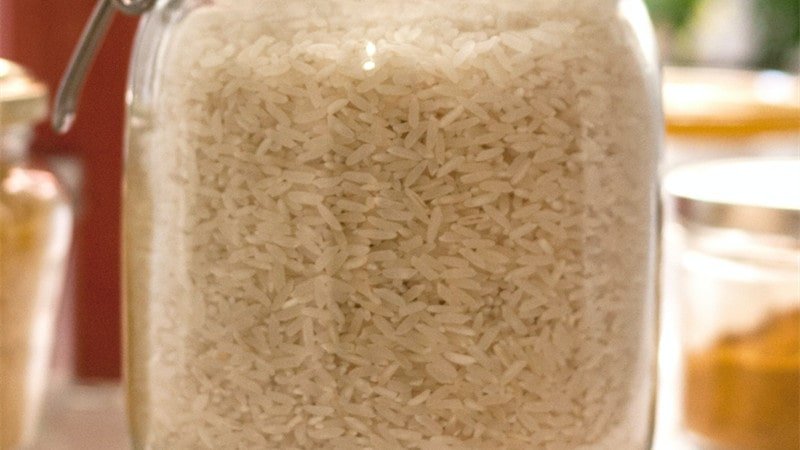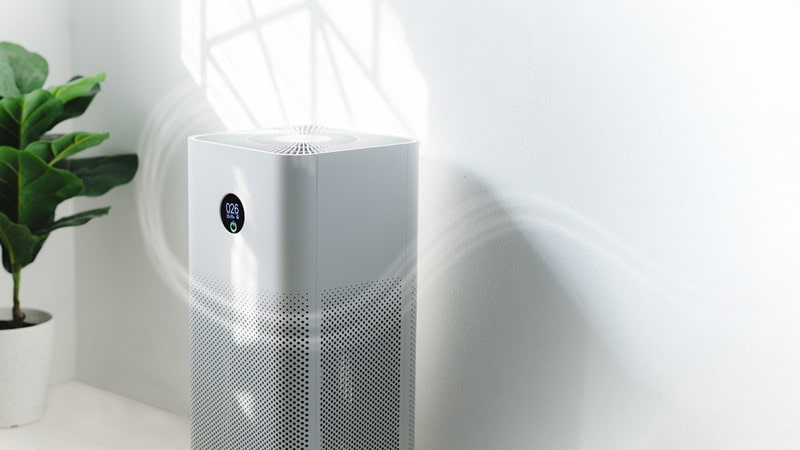Maggots have an eerily similar appearance to rice. Ever looked into your pantry to find some of the grains in your bag of rice wiggling about and burrowing deeper? It can be a terrifying experience. Wondering does rice turn into maggots? The short answer is no. The maggots in your rice are a consequence of infestation.
If you spot maggots in your rice, first and foremost, do not use that rice. And secondly, do not panic. Maggots can be a nuisance to deal with, but in this guide, we’ll explain how you can fix the problem.
Does Rice Turn into Maggots?
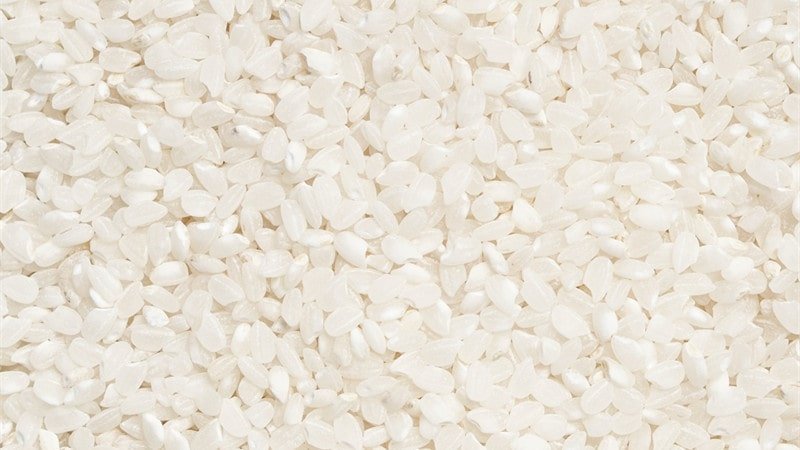
Rice grains neither turn into maggots nor do they have maggots inside them. Maggots are the larvae of flies, moths, or other flying insects and a common household pest. Occasionally, they can get into the grain supply and lay eggs. If the conditions are ideal, these eggs begin to hatch into larvae and feed on the nearest food source.
Maggots have often been deemed the worst enemy of stored grains in homes and supermarkets. They can feed on almost anything organic and cause a great deal of damage to pantry staples. The good news is, they’re removable.
What Do Rice Maggots Look Like?
Here are the 3 common types of invasive larvae that can affect your rice grain supply.
#1. Common Housefly
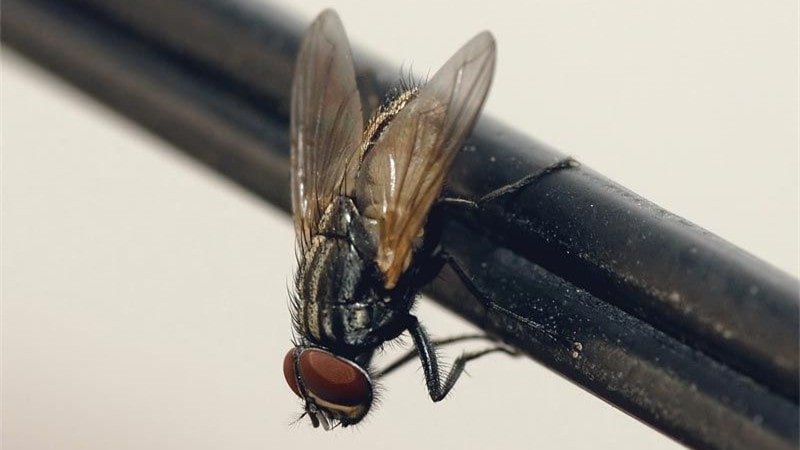
Image source: Pinterest
Common housefly larvae are pale in color and have an appearance similar to worms. The eggs only require room temperature to hatch and larvae begin to appear in under 24 hours. Housefly larvae can grow up to be the same length as an ordinary housefly. Their purpose is to consume the nearest food source and store energy for the upcoming pupation.
#2. Indianmeal Moth Larvae
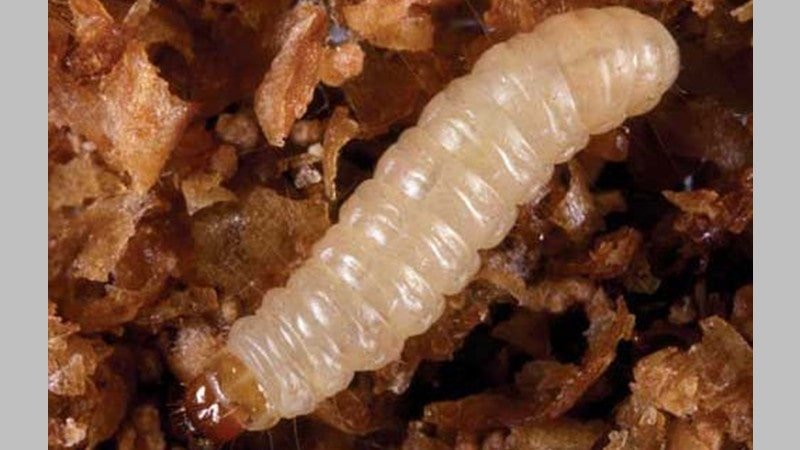
Image source: Pinterest
Indianmeal moths are also a common form of household pest. They are known to lay eggs in grain supplies like pasta, wheat, and rice. The color of the larvae is typically pale but with a tint of green, orange, or pink, based on the food source. They can grow up to be noticeably large.
#3. Weevils
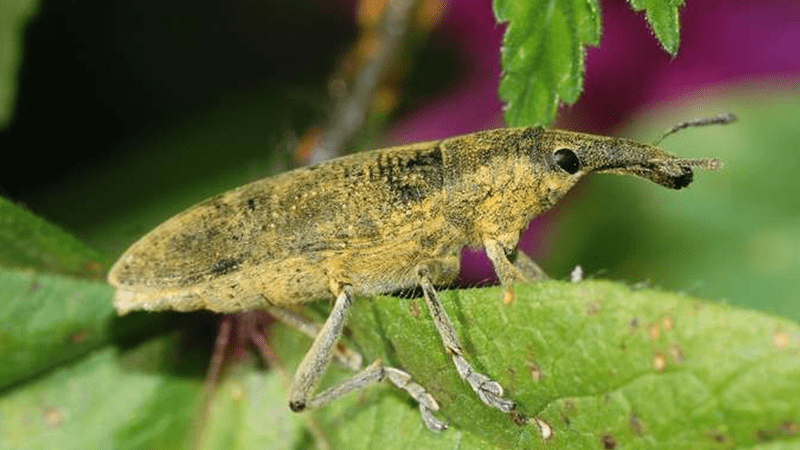
Image source: Pinterest
Weevils don’t look like maggots, but they’re approximately the same size as rice and look quite similar too. Their size and shape allow them to hide under the grains for shelter. They’re dark in color and have a pointed snout and six legs. If you haven’t checked your grain supply in a while, it would be advisable to shake the grains to check for weevils before you consume them.
How Do You Prevent Maggots in Rice?
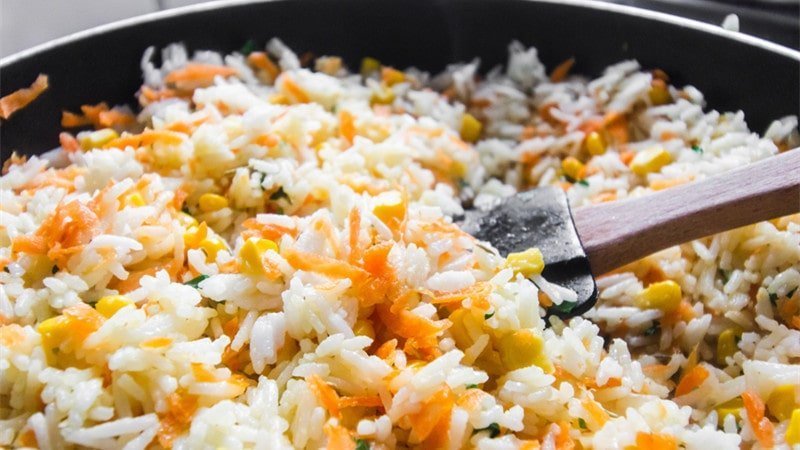
While most of them aren’t harmful, consuming maggots is not in anyone’s best dietary interest, and they damage your staples. These preventative measures can save you the hassle of having to treat your rice for maggots later.
#1. Always purchase consumable food products like rice in containers or bags with an air-tight lid and inert gas to preserve the contents.
#2. Check that the container is made of something tough, like glass, which can keep sneaky pests like ants and cockroaches from entering.
#3. Inspect all the items you purchase from the produce section. Don’t let pests from the supermarket enter your home.
#4. If you ever find maggots, worms, or other pests in recently purchased food supplies, stores will typically replace them.
#5. Remember to store your food supplies in the refrigerator or a cool, sealed environment.
#6. Do not mix new food supplies with old food supplies. Either finish the old rice first or store the new rice separately. This can save your newly purchased food from becoming infested.
#7. Maggots can grow rather swiftly, so be vigilant and perform routine checks on your supplies.
Tips To Get Rid of Maggots in Rice

First of all, not all infested rice is worth salvaging. You will have to check the extent of the infestation and then make a call about whether to dispose of the rice or treat it to get rid of maggots.
Secondly, maggots never appear in rice out of nowhere. Flies and moths are typically drawn to decaying material because it is their primary food source and a favorable place for laying eggs. Rotting parts in your grain supply is the main culprit for drawing maggots and also where you should begin your treatment.
There are a couple of ways to deal with maggots:
#1. Boil the rice to kill any hatchlings or pupa.
#2. Move the rice to the freezer.
#3. Purchase an aerosol repellent made for rice bugs.
What Happens If You Eat Rice with Maggots?
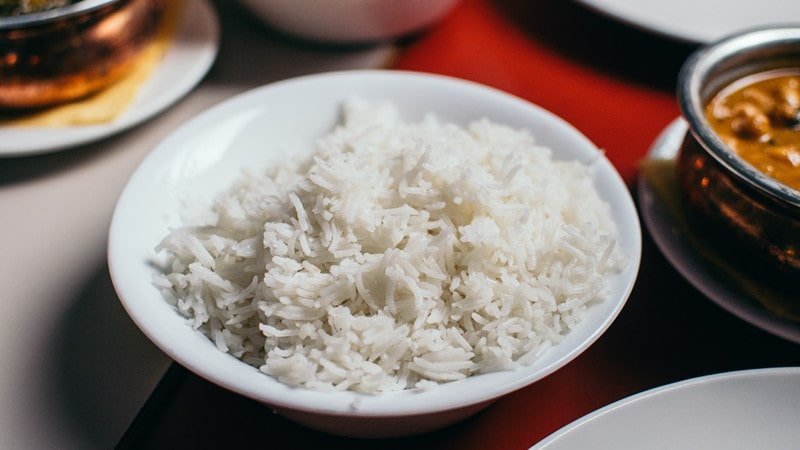
As long as you clean and cook the rice, nothing. You should be perfectly fine. You may feel a bit queasy but most of the bugs found in rice are not poisonous, so there’s no danger. Accidentally ingesting a couple of eggs or larvae won’t do you any harm.
However, tapeworms are a different story. Tapeworms are an infectious parasite and the worst enemy of your digestive system. You need to be able to distinguish them from maggots when inspecting your rice. Tapeworms are usually thinner, smaller, and longer, and they can grow to exceptional lengths given enough time.

